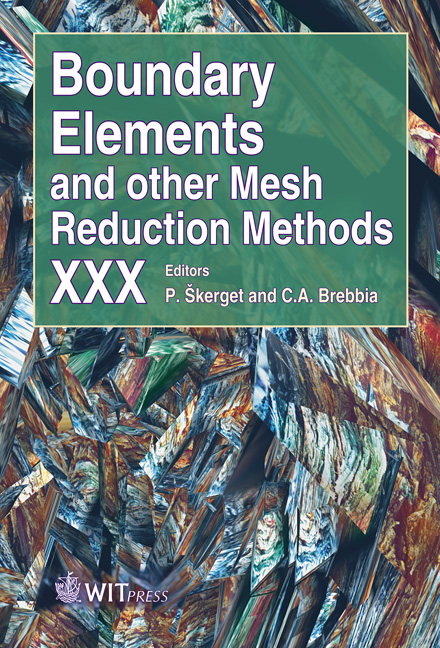Modelling Of Protective Potential Distribution In A Cathodic Protection System Using A Coupled BEM/FEM Method
Price
Free (open access)
Transaction
Volume
47
Pages
9
Page Range
105 - 113
Published
2008
Size
864 kb
Paper DOI
10.2495/BE080111
Copyright
WIT Press
Author(s)
A. Muharemović, H. Zildžo & E. Letić
Abstract
Design of any cathodic protection (CP) system requires one to determine current density which meets predefined criteria, and to ensure as uniform a current density distribution as possible over the structure surface. Nowadays the only reliable way to determine current and potential distribution is employment of numerical techniques. In this paper, the optimisation of a passive cathodic protection system by using coupled BEM/FEM is presented. FEM is appropriate for solving completely bounded domains, and it is used for discretization of anodes and cathodes. BEM is applied for discretization of electrolyte, i.e. infinite domain. In the coupled BEM/FEM the soil domain is linked to the steel domain through the current density (boundary condition) generated by the kinetics of the corrosion reactions at the steel surface. Verification of the obtained numerical result is made by comparing it with measured results. Good agreement between simulation and measurements has been found. Keywords: cathodic protection, finite element method, boundary element method, galerkins weighted residuals method, successive underrelaxation method. 1 Introduction The distribution of protection potentials in systems of cathodic protection (electrostatic field with or without sources) is defined either by the Poisson or Laplace equation, with the usage of corresponding boundary conditions.
Keywords
cathodic protection, finite element method, boundary elementmethod, galerkins weighted residuals method, successive underrelaxationmethod.





